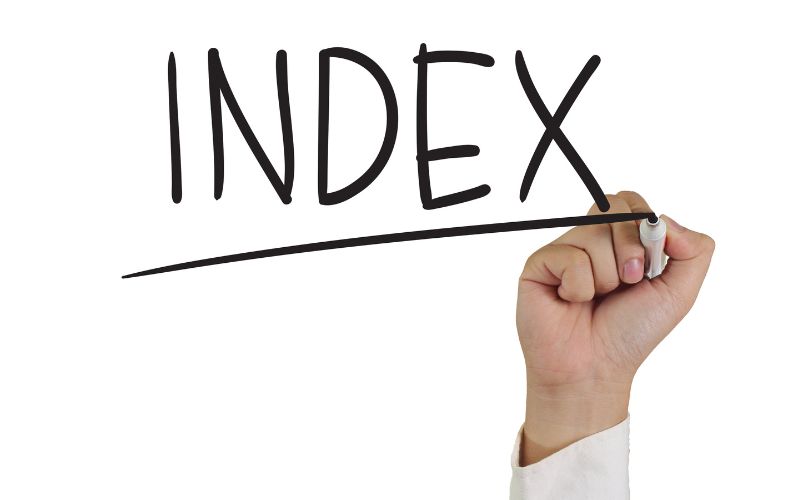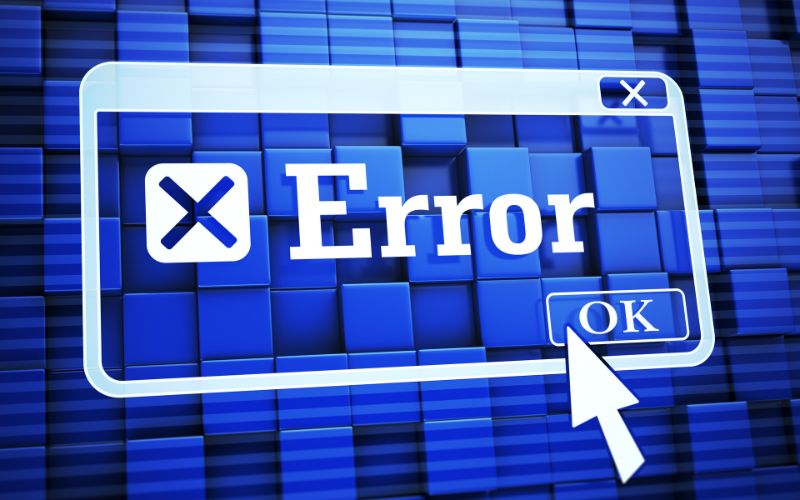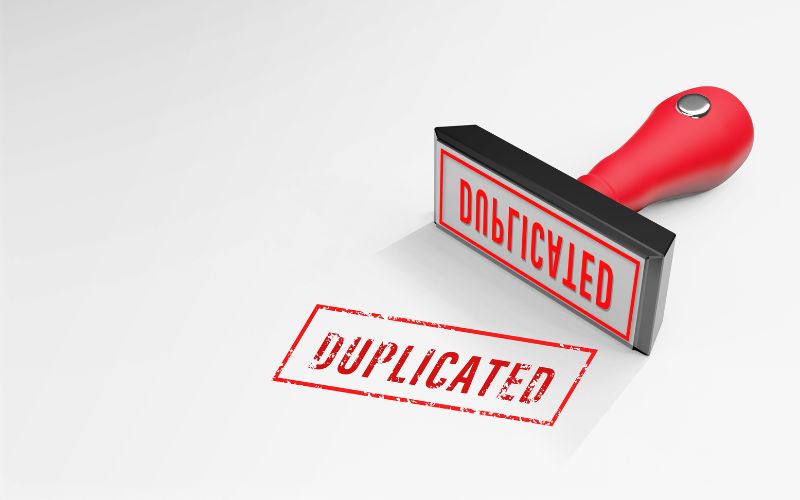Online presence of your website depends critically on indexing. If Google is not indexing your website, search results will not reveal your site, therefore influencing your internet traffic, leads, and growth. For beginners, knowing why this occurs and how to correct it might seem overwhelming. This article seeks to clarify typical indexing problems and provide workable fixes to enable you to negotiate Google’s indexing process.
What Does Google Indexing Mean?
Google inspects a website, adding the pages to its directory, which is effectively a large database storing all the information on websites. Google must index a page if it is to show up in search results. Even with excellent and well-optimised content, people won’t locate your material if your site or certain pages aren’t indexed.
Why is Google Not Indexing Your Site?
There are several common reasons why your site or pages might not be indexed. Below are the most prevalent issues and how to fix them.
1. No Indexing Allowed by Robots.txt or Meta Tags
The Problem
Google won’t include certain sites in its index if the meta tags or robots.txt file on your website include “noindex” directions. While meta tags buried in the HTML page might expressly instruct bots not to index a page, the robots.txt file notifies search engine bots which URLs they can crawl.
Solution
For any “noindex” instructions, review your robots.txt file and meta tags. You may find your robots.txt file at yoursite.com/robs.txt. If “Disallow: /” displays in the robots file, Google cannot index your entire page. Remove or change any “noindex” or “disallow” instructions in such a situation.
Here’s a list of things to search for in your meta tags:
<meta name=”robots” content=”noindex”>
Change this to:
<meta name=”robots” content=”index”>
2. Your Site is New and Has Low Domain Authority
The Problem
Particularly in cases when they lack established backlinks or enough domain authority, new websites might take time to be indexed. Google’s bots give established, reputable websites top priority over more recent ones. Google might not give your site or adequate content top importance without outside links pointing to it.
Solution
Submit Your Sitemap to Google: Visit the Google Search Console, choose “Sitemaps,” and enter your sitemap URL. This speeds Google’s discovery of your pages.
Build Backlinks: Get started looking for excellent backlinks from reliable sources. This tells Google your site is worth crawling and has credibility.
Create High-Quality Content: Keep creating insightful, educational materials. Excellent material can help your site be indexed more likely and get natural backlinks.
3. Crawl Budget Issues
The Problem
For every website, Google sets a “crawl budget,” which is the total number of pages its bots are willing to crawl in a particular period. If your website has too many pages, Google might not crawl every one of them, therefore, some of them might not be indexed. Redirect loops, broken links, and too many duplicate pages—all of which waste Google’s resources—can also cause crawl budget problems.
Solution
Optimise Your Crawl Budget: Eliminate unnecessary redirects, repair broken links, and tidy duplicate material to guarantee Google searches your key pages. Additionally concentrate on increasing page load speed to enable Google bots to more effectively crawl your website.
Check Crawl Errors: Look for any crawling problems in Google Search Console using the “Crawl” report. Correcting these mistakes will let bots correctly access and index your content.
4. Website Structure and Internal Linking Problems
The Problem
If your website has bad structure, Google might find it difficult to navigate. Pages buried far inside your site or without internal links might not be indexed. Search engine bots find new sites by means of links; so, without a strong linking strategy, significant pages might be ignored.
Solution
Improve Internal Linking: Make sure every page you have links to from other sites of your website. For a significant blog article, for instance, link to it from your homepage or another relevant piece.
Use a Flat Website Structure: Google can index your material faster if your site is flat, which means pages are no more than three clicks away from the homepage.
5. Mobile-First Indexing Issues
The Problem
Google currently employs mobile-first indexing, wherein the mobile version of your website is essentially what Google searches for and indexes while crawling through your material. If your site lacks mobile friendliness, Google could not crawl some pages or rank them negatively.
Solution
Ensure Mobile-Friendliness: See how your site performs on mobile by running Google’s Mobile-Friendly Test. Verify that your site is responsive and that information shows well on smaller screens.
Improve Mobile Site Speed: Mobile pages with slow loading may have inadequate indexing. Analyse and resolve speed-related problems with Google PageSpeed Insights.
6. Duplicate Content
The Problem
If you have several pages with the identical material, Google can decide to index just one of them given the others are duplicates. This can stop significant pages from being indexed, particularly in cases when improper setup of your canonical tags exists.
Solution
Use Canonical Tags: Use rel=”canonical” to refer to the original version of a page. This enables Google to determine which page, in case of duplication, should be indexed.
Consolidate Duplicate Pages: If at all feasible, combine or delete pages containing repeated material.
7. Slow Website Load Times
The Problem
Google likes websites that load quickly. If your site load too slowly, Google’s bots might quit the crawl before indexing every page. Unoptimised images, too much JavaScript, or inadequate cache might all lead to slow load times.
Solution
Optimise Your Website’s Speed: Use caching to speed loads, compress images, minify CSS and JavaScript. Tools like Google PageSpeed Insights or GTmetrix might offer particular advice on how to quicken your website.
Enable Lazy Loading: Make graphics and videos lazy load so they load just when a user scrolls down the page. This improves crawling performance and lowers starting page load times.
8. Security Issues (HTTPS)
The Problem
Google may skip indexing your website if it does not use HTTPS, the Hypertext Transfer Protocol Secure. Insecure sites erode user confidence in addition to your SEO.
Solution
Switch to HTTPS: Install an SSL certificate and move to HTTPS to guarantee your website is safe. This phase not only enhances the security of your website but also tells Google it is safe to index.
Conclusion
If Google stops indexing your website, your online visibility and expansion could be impacted greatly. Simple technical mistakes like “noindex” tags to more complicated concerns like crawl budget constraints and mobile-first indexing can all fall under the spectrum of issues. Your site will be correctly indexed and show nicely in search results if you solve these problems with the given remedies.
Remember that indexing issues aren’t always solved overnight. Regularly check your Google Search Console for updates, errors, and indexing status. With consistent monitoring and optimisation, you can enhance your site’s presence on Google and drive more organic traffic.







